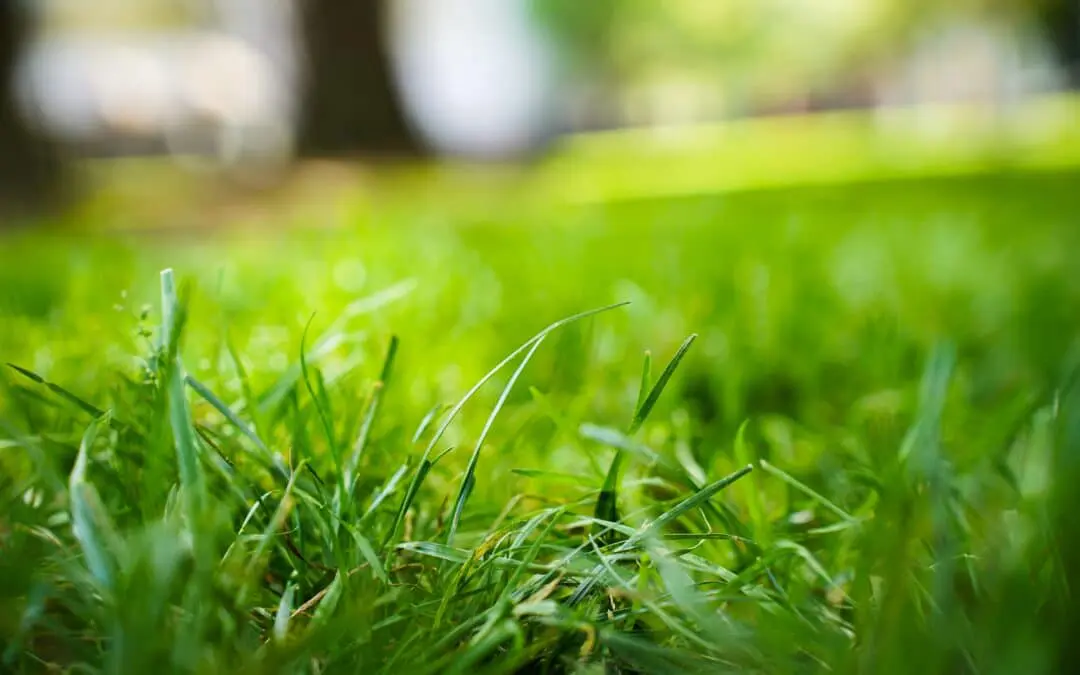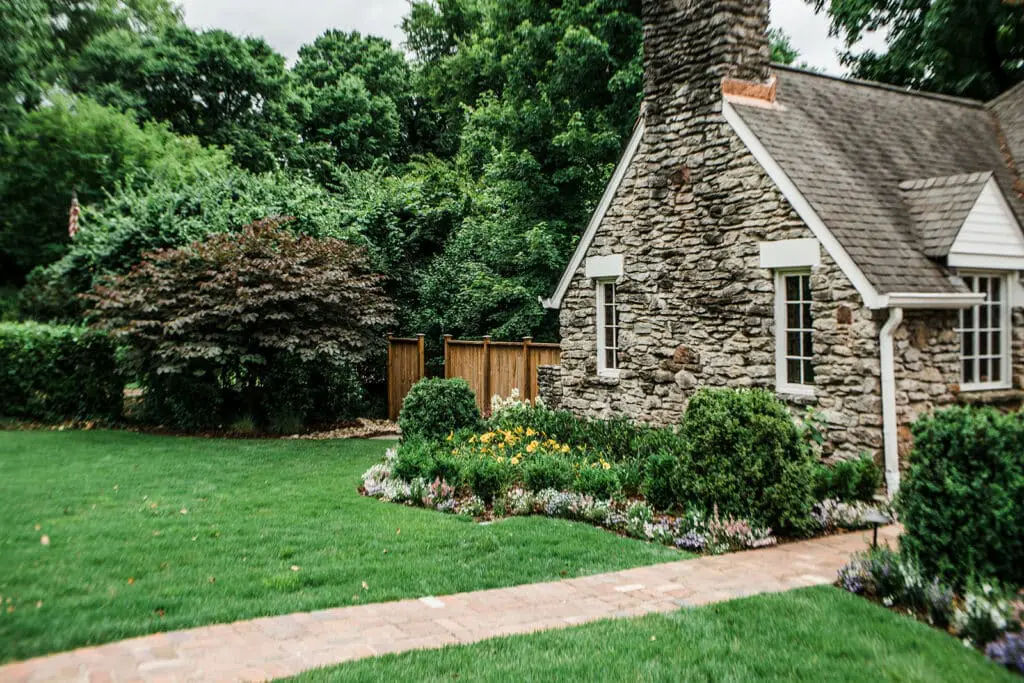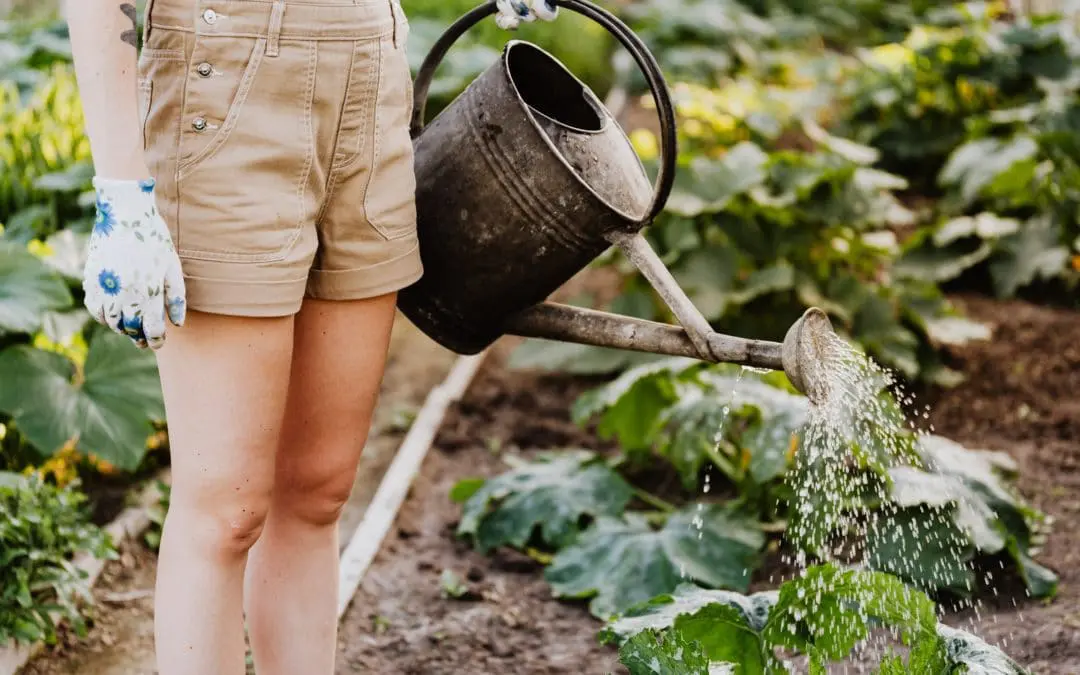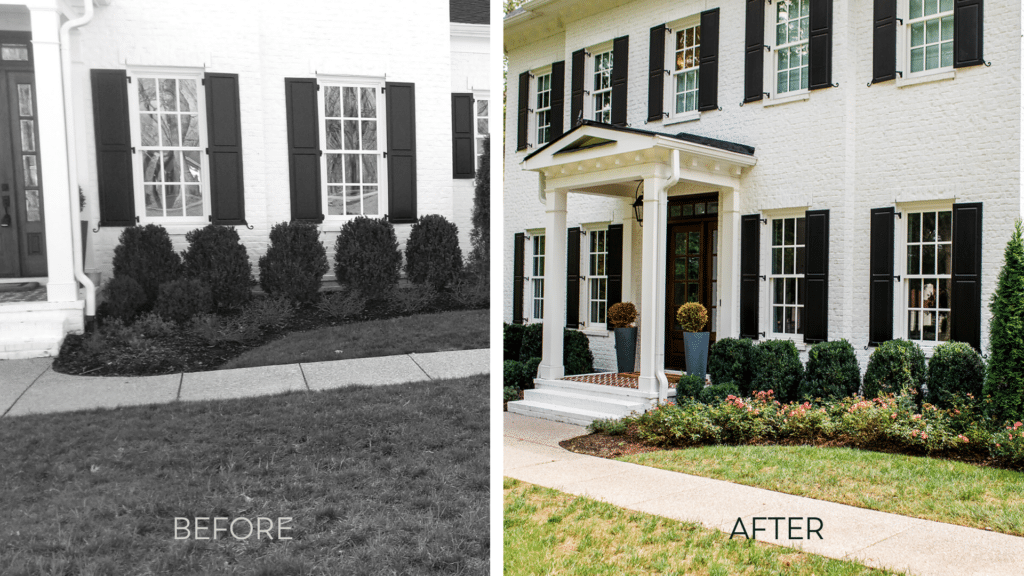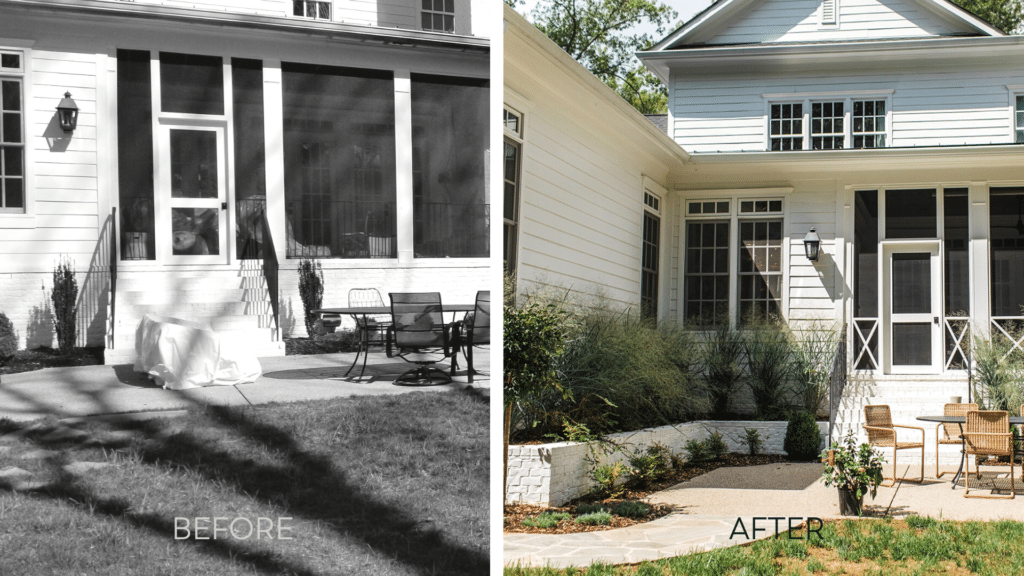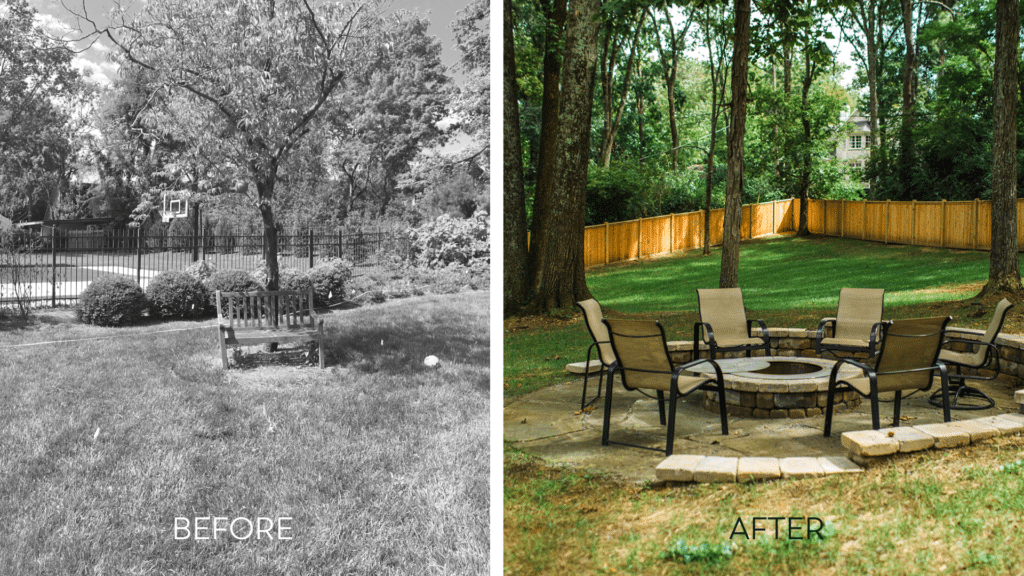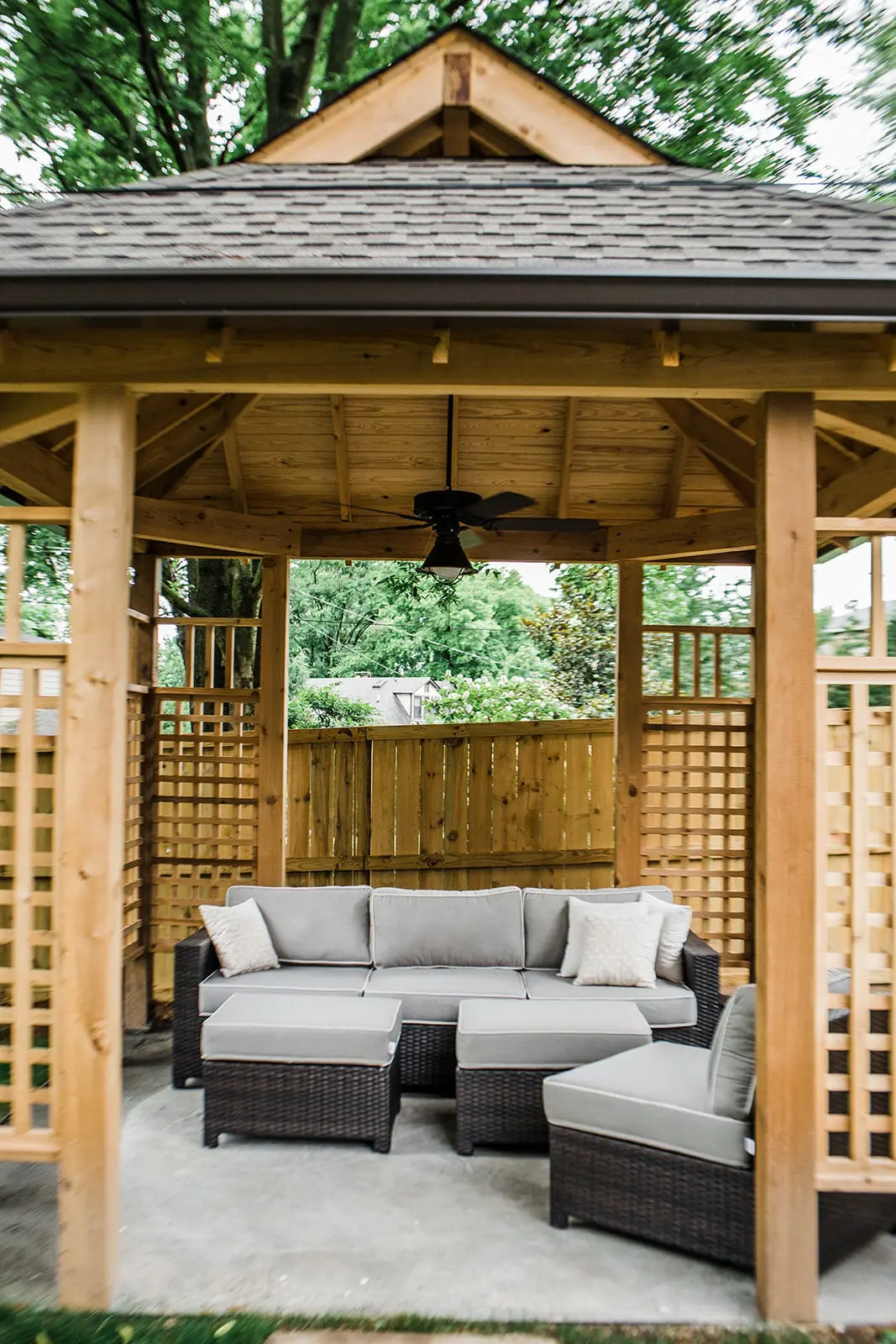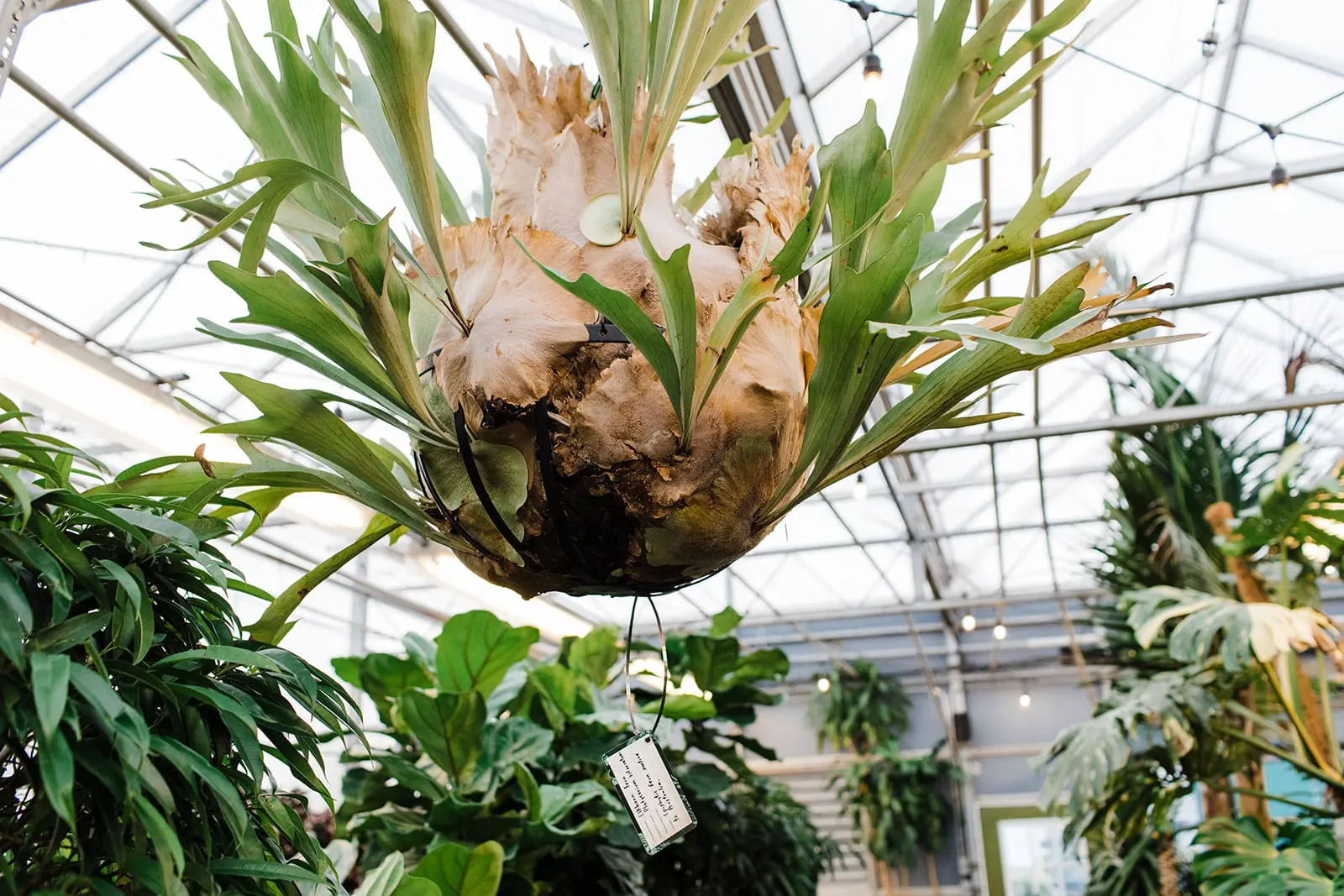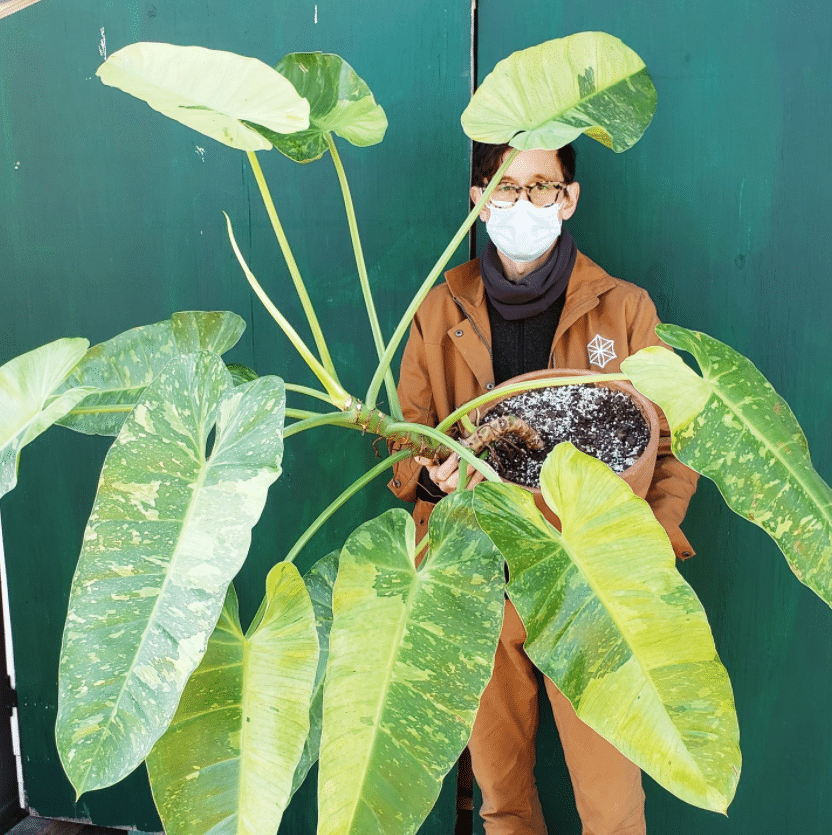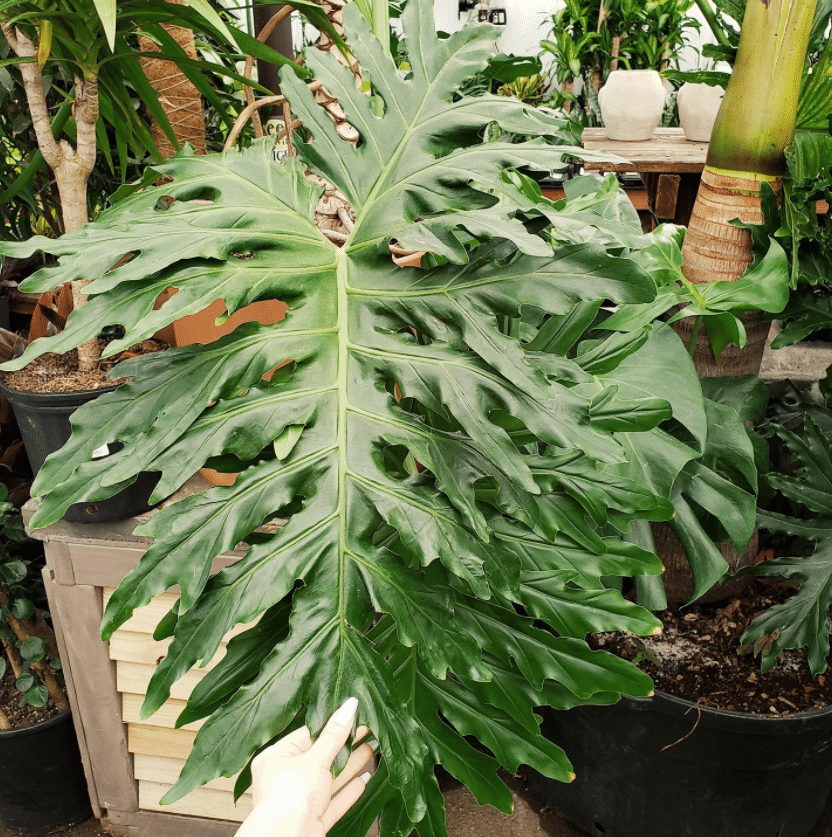
by Gloria Ballard | Apr 6, 2023
If you want some help making your lawn look full and green this spring, book a consultation! We’d love to help!
A lush, green lawn is a thing of beauty. Still, that beauty often comes with a cost: When it takes repeated application of chemicals to keep it green and growing, without the consideration of transitioning to more sustainable lawn care practices, the soil – and the environment in general – suffers.
Sustainable lawn care solutions are within reach, though. Gardens of Babylon’s new Lawn Care Programs focus on creating alternatives to typical lawn care treatments. Naturally based fertilizers, along with a common sense longer-term management approach, are what allow patchy, weedy lawns to become thick and green while keeping the environment in mind. Gardens of Babylon’s Matt Kerske tells how:

Where to Begin
It all begins with the soil, of course. If the lawn is trying to grow in soil that lacks biological and nutrient vitality, it may only grow the most vigorous plants – what we often call “weeds.”
“It’s no secret that grass is a plant, like any other plant,” Kerske says. “You can’t build a lawn of thick, healthy grass without building a healthy soil. Getting a healthy stand of turf requires a good understanding of the overall soil health and biology.”
The first step, then, is doing a soil test to find out the actual composition of the soil. This test measures the soil’s pH level, points out nutrient deficiencies, and is the best way to know the next steps to take to improve the growing conditions in your landscape.
“We focus on the biology in the soil,” Kerske says. “When we can balance the biology with the good microbes in the soil, we make the plants more resistant to diseases and pests, and you can have less of a weed problem.”

What we do
The service begins with a consultation and the soil test to first determine the nutrient levels and deficiencies, and make recommendations for addressing those deficiencies. A soil compaction test is also performed. “Making those recommendations, we build from there,” Kerske says.
Because each lawn and customer is different, the specialist designs a custom lawn care program with a long term focus on natural fertilizer, biological soil treatments, and herbicide applications. The service includes several visits each year, with the plan implemented in steps.
“During those visits staged throughout the year, we apply a combination of naturally based fertilizers and natural or conventional herbicides, depending on what type of lawn program the customer has chosen.”
In some cases, Kerske says, depending on the customer preference, a Bridge Program, using conventional herbicides, may be recommended at the beginning to help “Bridge” the transition to more sustainable lawn care practices. “For some harder to kill perennial weeds in warm season lawns” – he mentions dallisgrass and nutsedge, among others – “there are really no organic herbicides to eliminate them, so we selectively use conventional herbicides to first knock out the invasive weeds, then transition to an application of naturally based herbicides in coming years as the program renews.”

“How we differ from others is that most companies blanket-apply conventional herbicides multiple times every year,” he says. “Ours is a more reasonable approach.”
The program can be designed for any lawn, “But is especially attractive to customers who are wanting a lush, healthy lawn and have a bias toward more environmentally sound practices.” Kerske says.
Lawn programs like this allow you to enjoy a beautiful, sustainably cared-for lawn year-round, without the trouble or time-investment of doing it yourself.
Ready to transform your soil and lawn using more sustainable practices? To get a free lawn care quote sent over, click here.

by Gloria Ballard | Feb 20, 2023
————–
Gardening friends, Spring is right around the corner. It will soon be time to pull on your garden gloves and get your hands in the dirt.
Can’t wait? Here is a handful of ways to get you primed for the next good garden season:
Plan your veggie beds:
If you grow a kitchen garden, now is the time to think about what you’ll grow this year. Start with the cool-season crops — lettuce, spinach, cabbage, kale, turnips, carrots – and plan for planting your warm-season favorites when the time is right.
Prep your raised beds:
Those who garden in raised beds know how much easier it is to maintain a kitchen garden:
- The soil in a raised bed warms up earlier in the spring.
- Raised beds drain quickly when it rains.
- The beds grow more food in less space.
- Weed control is easier in a raised bed than in a traditional in-ground garden plot.
Or if you don’t have a raised bed:
Now, before the season kicks into full gear, is a good time to build one. The Garden Center at Gardens of Babylon has everything you need: cedar boards and raised bed kits, along with the soil and plants (in the appropriate season) to fill them and the tools you need to plant and tend to your new garden beds.
No time to DIY? Consider a “Personal Farmer”:
Gardens of Babylon’s Personal Farmer service makes growing food easier, says landscape designer Chloe Barrett. “We offer everything necessary to have a successful home garden, from raised bed design and installation, filling your beds with premium compost, to planning, installing, and maintaining your vegetables for you,” she explains. “We also offer organic fertilization and pest control for the home garden.”
Start seeds indoors:
The time to start seedlings indoors depends on plants’ individual growth rates and the recommended dates in your area for putting plants in the ground. To figure the seed-starting date, start with the recommended planting time, calculate the plant’s germination and growing time (often noted on the seed package), and count back the required number of weeks to reach the date for starting the seeds. A plastic seed-starting tray with a cover, peat or coir pots or seed-starting kits make the job easier, but you can use almost any container that can have drainage holes punched in the bottom.
A light potting mix, plenty of bright light – natural or supplemental – and gentle watering are the secrets to success for starting seeds indoors.
Give perennial beds a head start:
The perennials that star in your garden will be coming up soon (if they haven’t already started), so make sure those beds are in good shape. Clear out any unwanted wildflowers (aka “weeds”), prune shrubs as needed appropriate (but not the azaleas or other early-flowering shrubs!), cut back monkey grass and other ornamental grasses before new growth begins. Tidy up the beds with fresh edging and mulch. Check the mulch around shrubs and trees and add more if needed – but don’t pile that mulch up around the trunks. Fertilize perennials, trees and shrubs as needed.
Get your tools ready:
If you haven’t already done this, start by cleaning last year’s muck off your trowels, pruners and weeders, rakes, shovels and hoes. Remove any rust with a wire brush, and lubricate any moving parts with household oil. Clean wooden handles with a stiff brush, and sand down any splinters. Store tools out of the weather, and they’ll be ready to begin the gardening season when you are.
Ready to start your raised bed gardens? To book a consultation with a Gardens of Babylon pro or to learn more about Gardens of Babylon’s Personal Farmer service, click here. For all services available, visit the Gardens of Babylon website.

by Gloria Ballard | Feb 13, 2023
Families are spending more time outdoors, and landscape designers know that every homeowner’s idea of the perfect outdoor environment is unique. We asked Gardens of Babylon designer Ryan Fogartyto tell us about her most memorable project of 2020:
At home in the woods
The owners of this home on a large lot in West Meade struggled with a serious drainage problem. “Every time it rained, the backyard turned into mud,” says Ryan Fogarty. “This was their biggest gripe.” They also wanted to have a place that felt inviting, where they and their kids could entertain, and they needed more privacy, and for multiple places to entertain that felt connected, she says.
What was the biggest challenge? “The water issue,” Ryan says. They discovered that there are several natural springs on the property; no wonder it was always wet back there! A swale lined with river rocks was the best solution. “That was the biggest constraint of the whole project, making sure we built it to work.” Ryan says. “We did a lot of grading, so that when it rains, the water is all directed into the swale. We brought in a ton of soil!”

Beyond that, the homeowners asked for other improvements. “When we came in, the only thing they had was landscaping in the front and an existing patio in the back,” Ryan says. Her design called for enhancing the front landscaping and adding a flagstone walkway from the driveway around to the back patio. In the back, they built brick raised planters, painted to match the house. “The back of the house was so tall, the raised planters gave a better sense of scale,” she explains.


A feature that was added midway through the project: a separate patio with a rustic firepit and a seat wall, situated away from the house. “It gives a feeling of being in the woods,” Ryan says. A large piece of flagstone placed over the sunken swale serves as a bridge near the site of the firepit patio.

Originally, the lot was enclosed by a chain link fence. Gardens of Babylon worked with Titan Fence to remove and replace it with tall wood fencing.
What do you think is the best feature? “I really like the offset patio in the back, the firepit patio,” Ryan says. “It’s in a great location, which helps keeps the natural feel. I think it turned out really nice.” She is also pleased with the raised brick planters. “I like the transformation that it gave to the existing patio. It completely changed the whole look,” she says. “It’s something small that gives a big impact.”

Do you plan to upgrade your outdoor spaces in 2021? Click here to book a consultation with a member of Gardens of Babylon’s landscape design team.

by Gloria Ballard | Jan 15, 2023
As any writer or artist knows, when you start with a blank page or a clean canvas, anything is possible. That’s also what happens with a landscape design that starts from scratch. The owners of this home in West Nashville had ideas for what they wanted, and called on the Gardens of Babylon team to bring it to life.
“I really enjoyed working on this project,” says designer Matt Kerske. “The owner was excited about the plan we proposed, and was happy with the way everything turned out.”
We asked Kerske to give details on the success and challenge of this custom design:
What did the homeowners want? “They were looking for better ways to utilize the backyard,” Kerske says. “They could envision a space where they could relax and enjoy sitting and visiting with friends and family.” The wish list included a seating area protected from the elements, and a gazebo was the natural choice.

What was the biggest challenge? “The backyard was nothing but grass. It was a blank slate,” the designer says. Building the gazebo that suited their needs was key.

The 15×15-foot square structure, built primarily of western cedar, is a clean-lined, contemporary design with a crushed granite gravel floor and a gabled roof. Trellis panels at each corner provide a sense of enclosure and privacy without shutting out the outdoors, and a ceiling fan installed inside the peak of the roof stirs the breeze in summer. The homeowners furnished the gazebo with comfortable seating, making it suitable for a cozy gathering of friends or a quiet outdoor getaway.

What do you think is the best feature? Besides the gazebo, the overall design called for a backyard landscape makeover, Kerske says. “It’s a mix of native plantings: oakleaf hydrangeas, encore azaleas and a sweet bay magnolia tree.” The plantings are in beds that flank the back yard along new pine fencing that was part of the design, and in a gracefully curved bed between the house and the gazebo. Large flagstone stepping stones lead from the home’s backyard deck to the gazebo.

“The gazebo is what really brings it all together,” Kerske says. “The owner gets really good enjoyment from the new backyard feature.
Do you plan to upgrade your outdoor spaces in 2022? Click here to book a consultation with a member of Gardens of Babylon’s landscape design team.

by Gloria Ballard | Jan 10, 2023
You’re ambling through the greenhouse at Gardens of Babylon and something big and unusual catches your eye: it’s a tropical beauty, spreading its big leaves out over the table of smaller tropicals for sale, as if giving shelter to the clutch of little ones until they’re purchased to go to their forever homes.

This big beauty is a ‘Thai Constellation’ monstera, says Trevor Bradshaw, Gardens of Babylon’s creative director. And unlike the smaller monsteras and bromeliads available for purchase on the table, this one lives here, and it’s not for sale. It’s one of many unusual plants that have a permanent home at the Gardens of Babylon garden center, inside the greenhouses among the houseplants for purchase. Bradshaw gives a quick tour:

Walk through aisle between the fiddle-leaf figs and the bromeliads in the main greenhouse, look up, and you can’t miss the Elkhorn fern, a big globe of a plant that hangs like a chandelier above your head. “It’s an old one,” Bradshaw says. “Seems like it’s been here forever.” These fleshy ferns are native to tropical regions of South America, Asia and Australia, and thrive in the shaded, humid confines of the greenhouse.


The gemstone table near the checkout counter holds at least two living Philodendron gems: ‘Pink Princess’ and ‘Jose Buono.’ Both of these are climbing philodendrons with big, striking, variegated foliage: ‘Pink Princess’ has large, heart-shaped purplish-green leaves that are splashed with big splotches of bright pink. ‘Jose Buono’ has huge lime green leaves with patches of pale yellow.
They’re both charmers, but can you purchase a small specimen for your own home? “We sometimes have them for sale,” Bradshaw says. “But they come in in small numbers, and they go quickly.”

At the other end of that greenhouse is another monstera that sits on a table with its bright green foliage climbing toward the light coming through the greenhouse roof. It’s the yellow variegated ‘Aurea,’ whose large, fenestrated leaves are variegated with splotches of bright yellow.

Nearby, toward the back, a Vanilla orchid climbs from a shelf to the ceiling, covering a portion of a wall. In the wild, this primitive orchid climbs and branches using short roots to attach to tree trunks. In the Gardens of Babylon greenhouse, the crew has provided that suitable wall where the vining orchid has climbed happily for years.

Back in the main greenhouse, Bradshaw shows off a Thaumatophyllum selloum (formerly known as Philodendron selloum, Bradshaw explains). It’s also known by several other names: split-leaf philodendron, tree philodendron and others. The specimen at Gardens of Babylon grows its large, wide, deeply lobed leaves at the top of a tall trunk that, along with its with its winding, ropy roots on top of the soil, indicates that it’s an old soul.

While these are beautiful and unusual plant specimens, one thing shoppers and visitors notice most, Bradshaw says, is the “living wall” that covers about an 8 x 12-foot portion of the main greenhouse wall at the garden center. It’s an assemblage of common and rare beauties, all growing together to form a tapestry of colors and textures. There are ferns and anthuriums, several monsteras, bromeliads and epiphytes, common and rare philodendrons and much more.
The wall was built for a special event about three years ago, he recalls, then broken down and reassembled in the greenhouse, where it has charmed customers ever since.
“We think it’s the best living wall in Nashville,” Bradshaw says.
The next time you’re looking for houseplants to add to your collection, check out the rare and unusual not-for-sale specimens that thrive in the greenhouse at Gardens of Babylon garden center. There’s high demand for unusual plants these days, and Bradshaw advises checking the store’s social media (here and here) to know when rare plants do arrive for sale.
The garden center is located at 900 Rosa L. Parks Blvd., at the south end of the Nashville Farmer’s Market.
